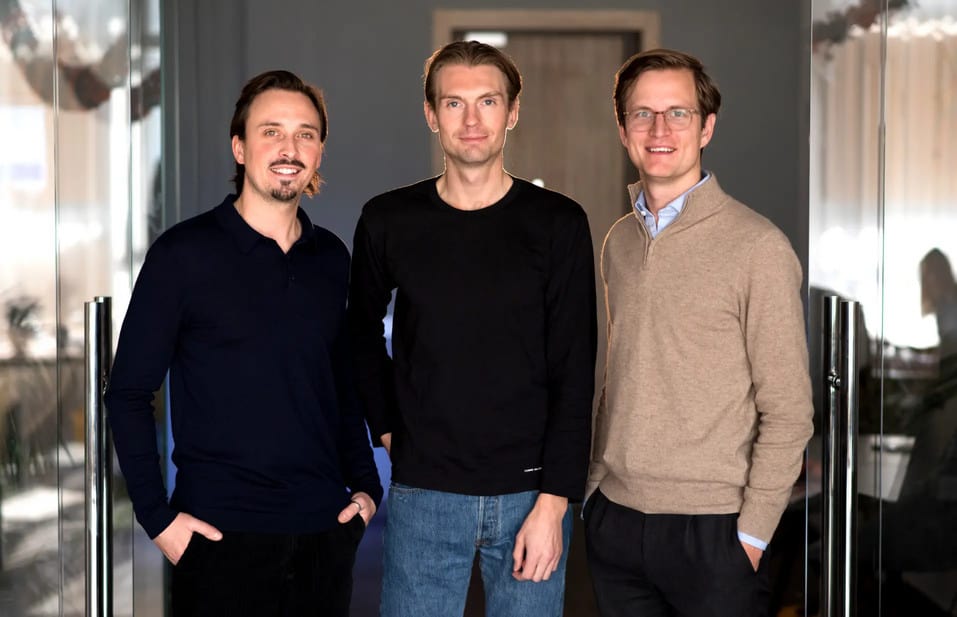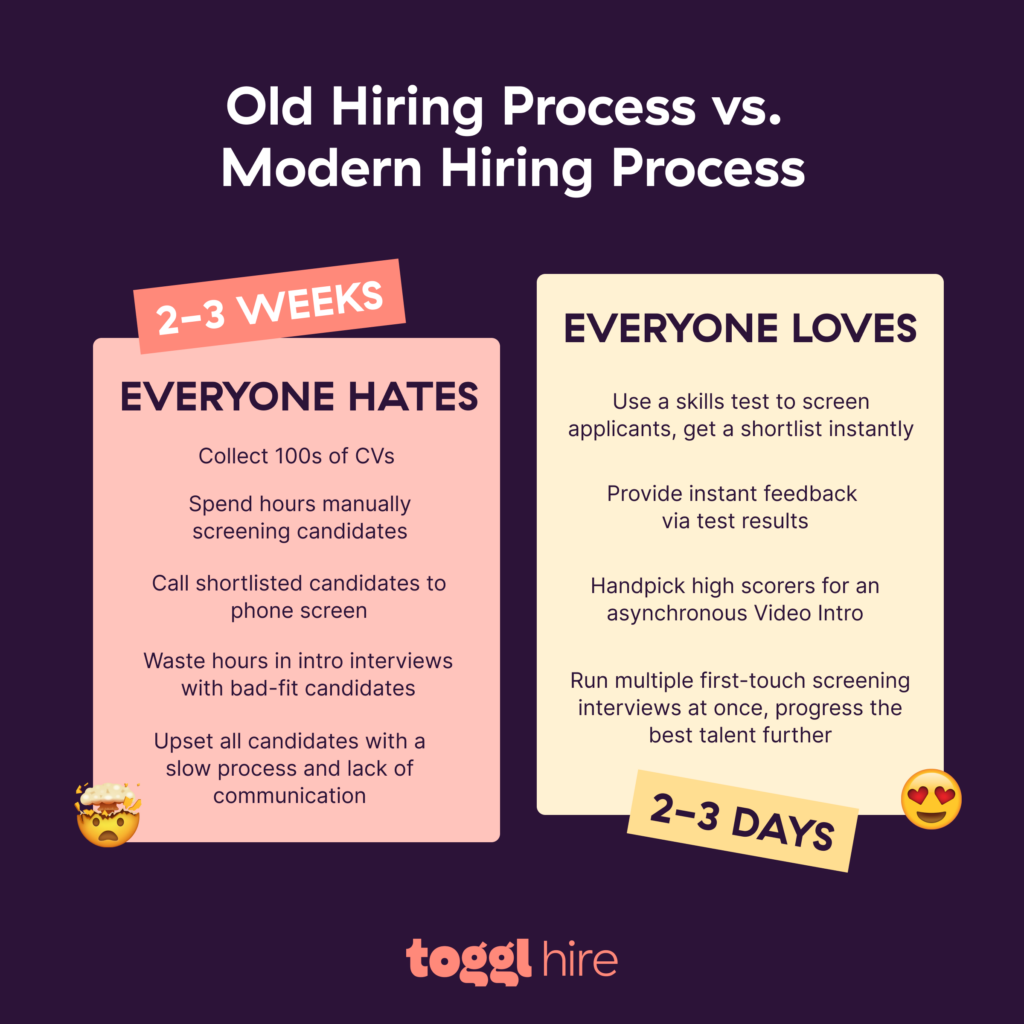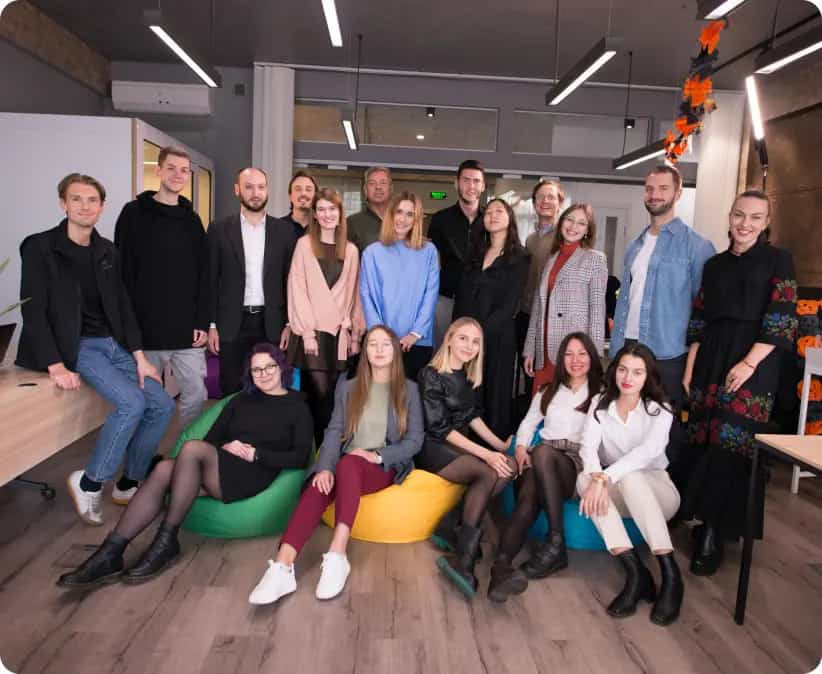Today, running a remote or distributed company is a concept that virtually every person and their pet is familiar with. But rewind a couple of years, and working remote was an exception. What’s changed?
In this interview, we chat with Viktor Jarnheimer, CEO at Proxify, to learn more about the company’s path to success and the accelerating shift to a hybrid workforce.
Viktor, could you give us a brief overview of your background? What led you to co-found Proxify?
I have always dabbled with different ideas for startups and entrepreneurship, but the reason behind founding Proxify only came after I sold Wickleby Education, a company in EdTech.
One of the developers that worked there, Max, who is from Russia, had his contract terminated when the company was sold and was replaced by two Swedish consultants who had no experience within the stack.
Their salaries were eight times higher than Max’s, which really made no sense from a business perspective, even less so from a ‘people’ perspective. After all, that was a professional that had experience and cared for that company.
It was very difficult for me to see how local and junior talent could be more valuable to the organization than senior talent working remotely, and this led me to create the groundwork for Proxify and its mission: Talent has no borders.

Proxify helps companies hire vetted remote developers. What’s so difficult or different about remote tech recruitment that companies seek out your service?
It’s not a question of lack of talent on freelance marketplaces, but rather a question of quality and a personal touch in hiring.
There is a very large global talent pool in tech, but the real hard part of finding a good freelancer is making sure they really have what it takes to fill in a position. At Proxify, we use a great combination of technology and old-school interviewing and case interviews with hiring specialists, to make sure we pick the most qualified candidates.
Also, very often, companies looking to hire their first remote team member have a misconception that their freelancer might simply deliver tasks that they were given, without contributing to the team with their own ideas and initiatives.
What our team does is find the best match for each company, not only based on their tech stack, but also on their culture, spirit, and personality. Almost without fail, we have companies tell us that they are content with their freelancer’s output, so much so that they don’t really see the difference between in-house and remote team members.
So, to be quite honest with you, I don’t always know why clients seek out our service, but I know why they stay our clients.
Given your unique insight into the state of remote tech hiring, what are the most important steps to take in a remote recruitment process? And where do companies stumble most of the time?
I would say, before you start looking for a remote developer, the most important thing to do is crystalize what exactly it is your company needs. What are the expectations for this professional, both in terms of their technical skills and experience, and in terms of their place in the team?
When you know the answers to these questions, you can very easily relay your needs to our recruitment team and client managers, and you won’t have to worry about the usual obstacles in hiring. The same goes if you’re hiring internally—set the expectations and manage people accordingly. With a good foundation, you can’t go very wrong.

Could you share a few developer recruitment insights with us? What are the most in-demand programming skills at the moment? Are there any emerging languages that might disrupt the standard tech stack?
Actually, our first wave of conversion targets exacts our most demanding technologies at the moment, which are: React.js, Full-stack (React.js+Node.js), .NET, and Full-stack (Laravel+Vue.js), Node.js, Java, PHP, Angular.js, Python, and Flutter.
Google’s world is still about Go, but we should hear each time more about Kotlin considering that in 2019 Google announced that the Kotlin programming language is now its preferred language for Android app developers.
And regarding Apple’s world, we should consider Swift, first released in 2014, and developed as a replacement for Apple’s earlier programming language Objective-C and it is growing each day.
A good place to keep track of the most used programming language is TIOBE-Index.
Proxify is a distributed company, too. What does your hiring process look like? What are your hiring red flags?
Proxify isn’t only operating remotely, we also have people working in-office in a couple of locations. And even our remote employees that need an office are offered one.

That being said, we also have a lot of people that work fully remotely, and we’ve learned that with good communication and setting a clear system of task management and planning, it doesn’t feel like there is a disconnect between them and the in-house team.
As for our hiring process, we obviously strive to have the most talented and professional people on board. But often the decisive trait is personality and culture, spirit, and common values.
The big red flags, I would say, are very obvious: bad organizational skills, lack of professional communication, lack of initiative, and no interest in the company and the people that make it tick.
And how do you attract the right talent – both internally and to your platform? Could you share a few talent sourcing tips with us?
Apart from the standard marketing channels, an underestimated source of great talent are employee referrals. I always feel like we should trust our employees’ judgment if they feel like someone they know would be a great fit for our company.
As for the platform, we use different marketing channels, but very often people learn about Proxify from their peers. And that is what makes us the happiest—developers coming in because a colleague told them that Proxify is where you can find a great job.
What do you think is the biggest misconception about distributed teams or working with remote colleagues?
That they won’t feel a sense of belonging to the company, or they won’t have a camaraderie with their colleagues. True, some people prefer physical presence and feel closer to people if they know them in real life, not just through a screen for meetings. But that is no less real, there are real people behind the screen, right?
Whenever we have a team meetup or our remote hires visit in Stockholm, it never feels like these people meet each other in real life for the first time. It feels like you have your coworker in the office, and you’ve done this a hundred times.
What’s your favourite thing about running a remote company?
As I previously mentioned, we’re not fully remote, but what makes me happiest about having many remote employees is that you get to learn a lot about their lives in their respective countries, their points of view, and their cultures.
And you get a lot of drive to change the IT talent market even more so. Knowing that someone living so far away from you and having a much different reality, can share your life’s work for 8 hours a day, and make it better. That is why I am so excited to bring the best remote freelancers to other companies as well—they will learn how interesting cross-cultural communication in work can be.
What did you learn about leadership in your years of experience?
I heard that the management team had to push Steve Jobs to accept the development of both the touch functionality and the iPad. It feels great that even icons and visionaries like Steve Jobs are more human than they might first appear.
It sounds like a cliché, but surround yourself with great people and it will be a lot easier. Just like Steve did.
And finally, what do you think the future of work looks like?
Covid was the first wave of remote work. I believe the second wave will be larger – this will come when the AR technology has reached a point where it feels like you are in the same room.
Juste loves investigating through writing. A copywriter by trade, she spent the last ten years in startups, telling stories and building marketing teams. She works at Toggl Hire and writes about how businesses can recruit really great people.


